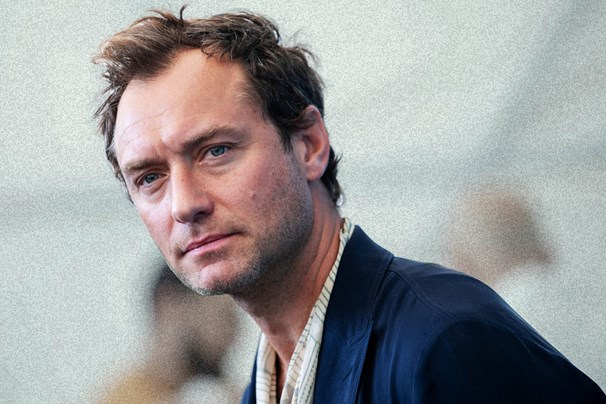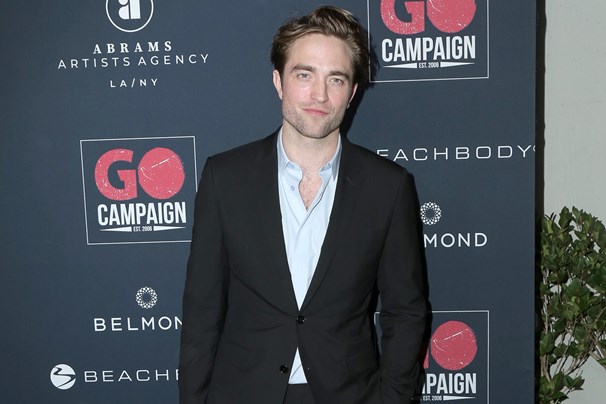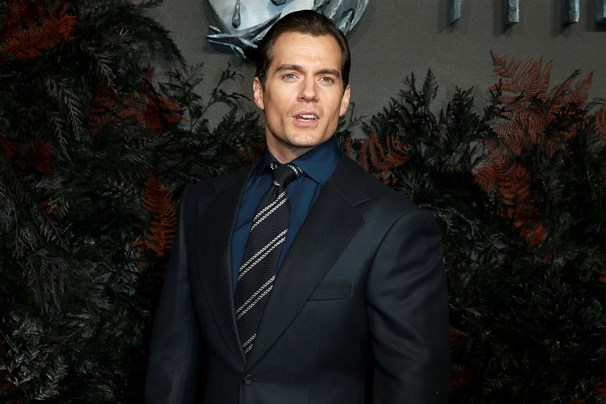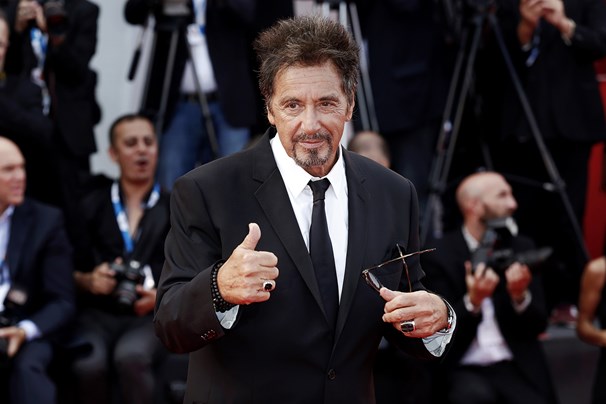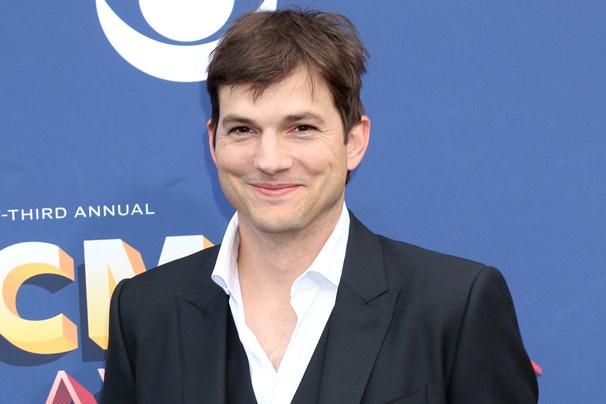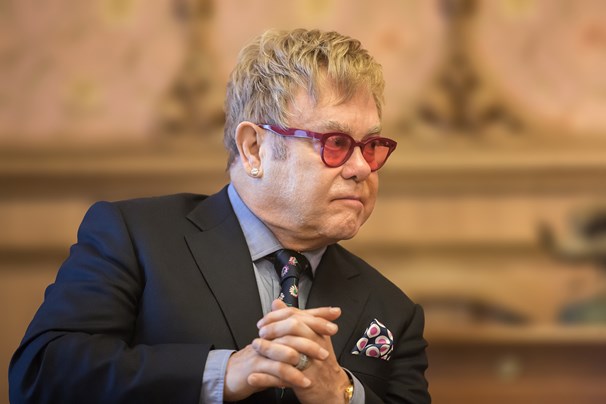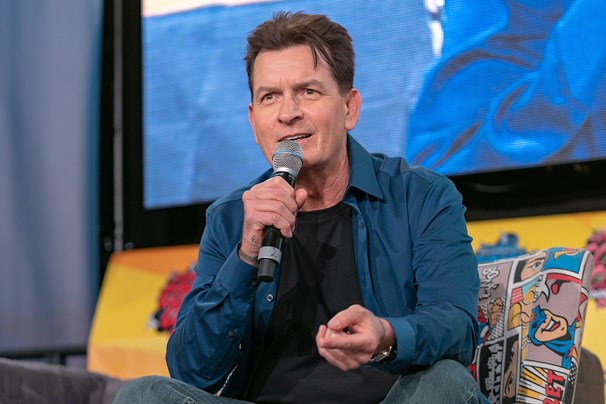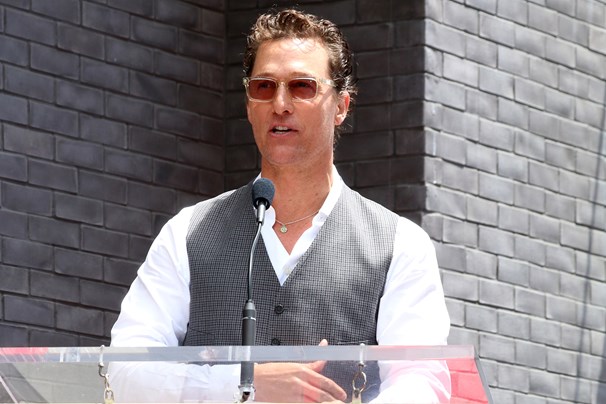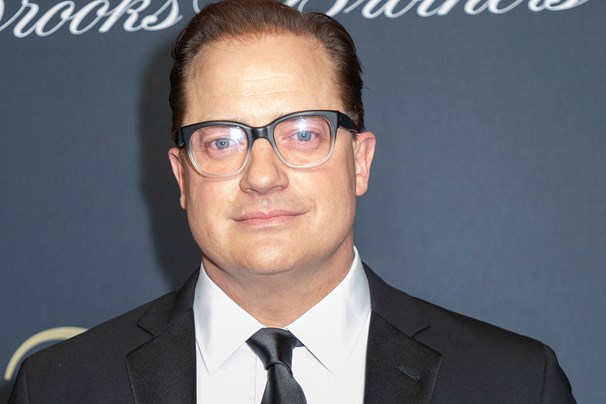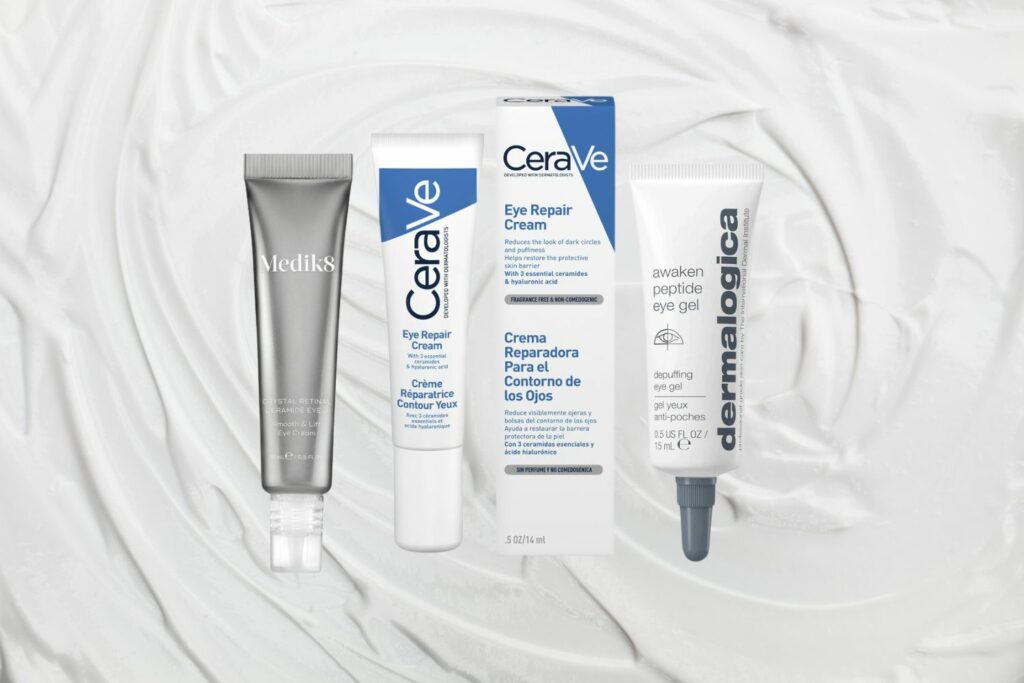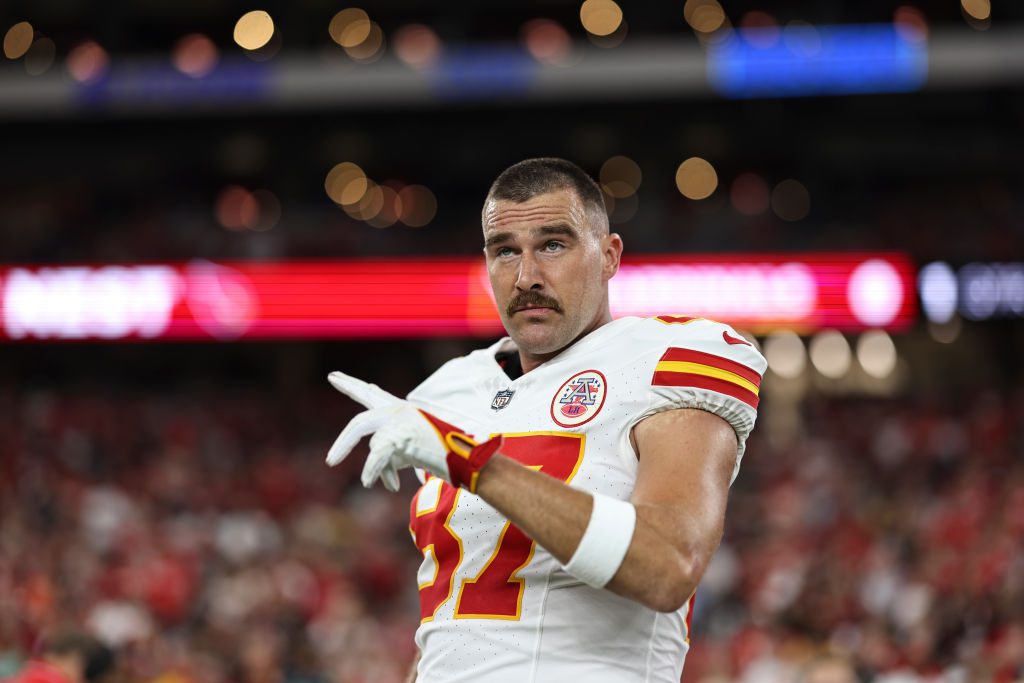It’s 2021, so it’s safe to say we already know how common hair loss is for men. So much so that 20% of men by the age of 20 will have some degree of hair loss – add on 10% for every decade we go over this and once you get to 50, you’re looking at a 50:50 chance.
This applies to Hollywood too, where a bunch of your favourite leading men are going through the exact same thing – hiding receding hairlines and covering up bald-spots. So why are men still not getting help?
The team at men’s online health platform Mosh asked themselves the same thing, and found that it either comes down to not knowing you can, being too embarrassed or going through the hassle.
To make the process of seeking treatment for your hair loss easy, Mosh now offers a results-driven hair loss solution that not only has a 90-day guarantee, but connects you to a slew of health professionals in a convenient and discreet way – all 100% online. All you have to do is fill out a simple quiz, and a doctor will recommend a personalised and clinically proven treatment solution (oral and/or topical) within 48 hours. See? Hassle and embarrassment free.
As for the educational aspect, we spoke to Dr Ossman Ashraf, a Hair Transplant Surgeon who works in collaboration with Mosh and provides expert advice on the platform about hair loss.
What causes hair loss in men?
The most common cause of hair loss in men is a genetic condition called Androgenetic Alopecia otherwise referred to as Male Pattern Baldness (MPB). So common, in fact, that 90% of men who have hair loss, have MPB, and the other 10% vary between vitamin deficiencies, autoimmune and traumatic causes.
When it comes to stress, everyday stress isn’t likely to cause major hair loss, but major traumatic life events such as bereavement certainly can cause hair to shed rapidly. Another cause can be your diet (thanks to vitamin deficiencies).
What is male pattern baldness?
MPB is correlated to a hormone called Dihydrotestosterone (DHT). DHT is derived from testosterone and is required in childhood and teenage years to give men their sexual characteristics.
For men who are genetically predisposed to MPB will find that DHT damages the hair bulb with every hair growth cycle and leads to shorter and thinner hairs each time until it eventually irreversibly damages the hair bulb leading to permanent hair loss. Interestingly DHT only affects the hair on top of your scalp.
At what point is it alopecia?
This can be a confusing term. Alopecia simply means hair loss. Depending on what type of hair loss you have, we simply add in another word to it e.g. Androgenetic Alopecia, Alopecia Areata, Alopecia Totalis, Alopecia Universalis, Scarring Alopecia, Traction Alopecia etc. Alopecia can be a scary word for patients, but rest assured most types of Alopecia is very much treatable and can be stabilised with evidenced backed medication.
Who’s at risk of hair loss?
Hair loss can happen at any age. I have seen men from the age of 18 come to my clinic with the start of MPB. If you have a strong family history of hair loss, then unfortunately your chances of getting MPB are increased. Patients should not despair – there are great treatments out there to stabilise MPB!
How do I tell I’m losing hair?
Remember it is common to shed 60-100 hairs a day, this is part of normal physiology. Certain animals have a shedding phase where it all comes out together but in humans we simply shed a small amount every day. The first signs of hair loss are usually when you can see through to your scalp. Unfortunately, by that stage you have already had at least 30% hair loss without even knowing about it! So, it is important to get yourself seen at the first sign of thinning to start treatment. This is where online platforms like Mosh come in super handy!
How quickly does it take?
This can be variable from patient to patient. Some can have total loss of hair within a few years to others where it slowly disappears over decades.
Can hair loss be prevented?
Yes and No. We can’t reverse MPB but we can certainly slow it down and even stabilise and thicken up any existing thin hairs. There are great treatments on the market but don’t fall for any gimmicks – doctor prescribed treatments are usually the best and most evidenced based.
A lot of male patients are embarrassed to seek the help of their GP or feel they don’t want to waste the doctor’s time with a matter that isn’t medically urgent so avoid seeing them.
This is where Mosh comes in handy. It’s a platform that connects men to doctors with a specialist interest in Men’s Health including hair loss. It’s a fully safe and confidential platform where doctors like myself review patients via text, telephone or video consult and organise treatments specific to the patient in question.
These treatments are delivered directly to the patient’s door.
Are there any myths about hair loss you want to debunk?
There are plenty of Myths to debunk!
- HATS – Wearing hats can cause hair loss. FALSE. There is an assumption that our hair needs to “breathe” but this is false, the hair gets all the oxygen and nutrients it needs via the blood supply to the scalp. Men with hair loss tend to wear hats to cover it so it is likely because of this people have wrongly associated hair loss with hat wearing.
- STRESS – Stress causes hair loss. Partly TRUE. Every day stress does not cause hair loss but big traumatic life experiences can cause it. The good thing with this hair loss is that it is always a temporary loss, and it grows back without the need for any medications.
- AGE – Only older people have hair loss. FALSE. People in their late teens and early adulthood can also have MPB, and can hit men at any age!
- MUM’s FAULT – It is inherited from your mum’s side. FALSE. MPB can come from either of your parents, so we need to stop only blaming our mums for this!
- TESTOSTERONE – Bald men have more Testosterone. FALSE. You can have normal levels of testosterone and still have MPB. It is your genetic predisposition to the breakdown product of testosterone called DHT which causes hair loss not the amount of testosterone. Men taking testosterone replacement (anabolics etc) can sometimes trigger underlying MPB that may have come later in their life.
To start your treatment, head to getmosh.com.au/hair-loss.





